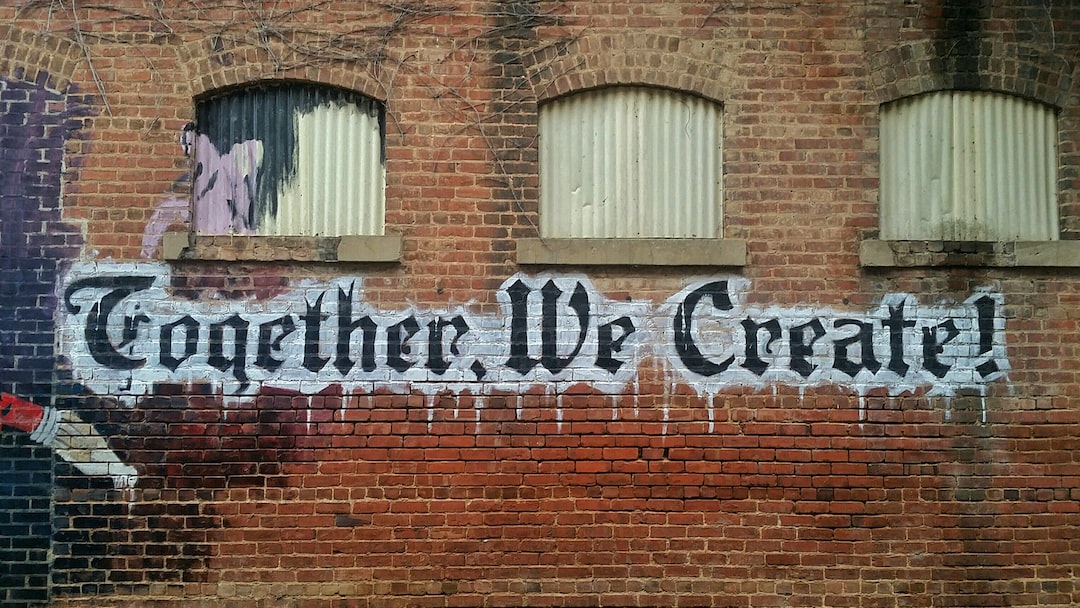Creating Inclusive Communities: Embracing Diversity and Empowering Marginalized Voices
The world is diverse, and every individual is unique. Yet, for centuries, certain individuals have been marginalized, which has led to the formation of inclusive communities. Inclusive communities acknowledge and appreciate diversity while providing opportunities for those who are marginalized to voice their opinions and ideas. Creating inclusive communities is vital because it helps to overthrow deep-rooted prejudices and bring people together. Here’s why creating inclusive communities is crucial and how marginalized voices can be empowered.
Benefits of Inclusion
Creating inclusive communities allows for diversity to flourish. It provides a sense of belonging and inclusivity to every member. In an inclusive community, everyone is acknowledged, appreciated, and respected, regardless of their race, gender, sexual orientation, or religious beliefs. Inclusive communities help break down cultural or language barriers, providing a platform for people to share their thoughts and views. This promotes tolerance and understanding, leading to increased social harmony.
Empowering Marginalized Voices
Creating an inclusive community is not just about acknowledging and accepting diversity. It’s also about empowering marginalized voices to speak up and participate. A community that encourages its marginalized members creates a safe and welcoming environment that fosters confidence and increases participation. When everyone has equal participation opportunities, the community flourishes, with a vast pool of varied ideas and solutions.
There are several ways to empower marginalized voices within a community:
1. Encourage Participation
Ensure marginalized individuals can participate in community affairs by providing opportunities and avenues for them to voice their opinions. Create a safe space where everyone feels comfortable to share their ideas.
2. Listen and Value Opinions
Lend a listening ear to everyone, regardless of their background. Value their opinions and incorporate ideas that match the community’s vision.
3. Equal Opportunities
Ensure that everyone is given equal opportunities to learn, work, and contribute towards the community’s growth.
4. Cultural Sensitivity
Understand cultural differences and respect individual beliefs and practices. This establishes empathy and communicates that the community values and celebrates diversity.
5. Challenge Stereotypes and Prejudices
Challenge harmful stereotypes and prejudices that might exist within the community. Educate and promote awareness to create a more informed and accepting community.
Creating Inclusive Communities: It’s Everyone’s Responsibility
Creating inclusive communities is a collective responsibility. Every individual within the community should play a role in promoting inclusion and empowering marginalized voices. Supporting diversity represents a step towards a more egalitarian society with a focus on positive social change. Embracing diversity and empowering marginalized voices leads to stronger communities where everyone has a sense of belonging and purpose. By working together, we can create more inclusive communities that celebrate diversity and promote a more accepting society.

